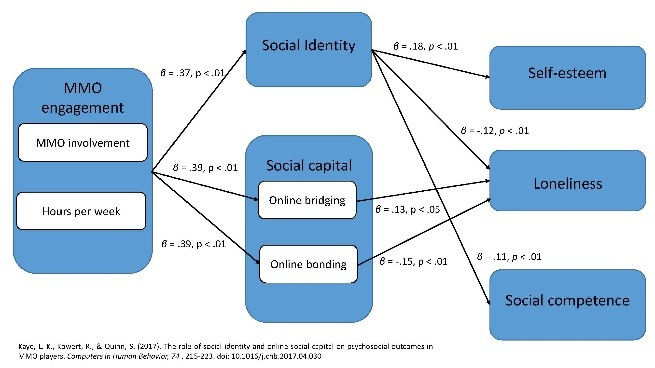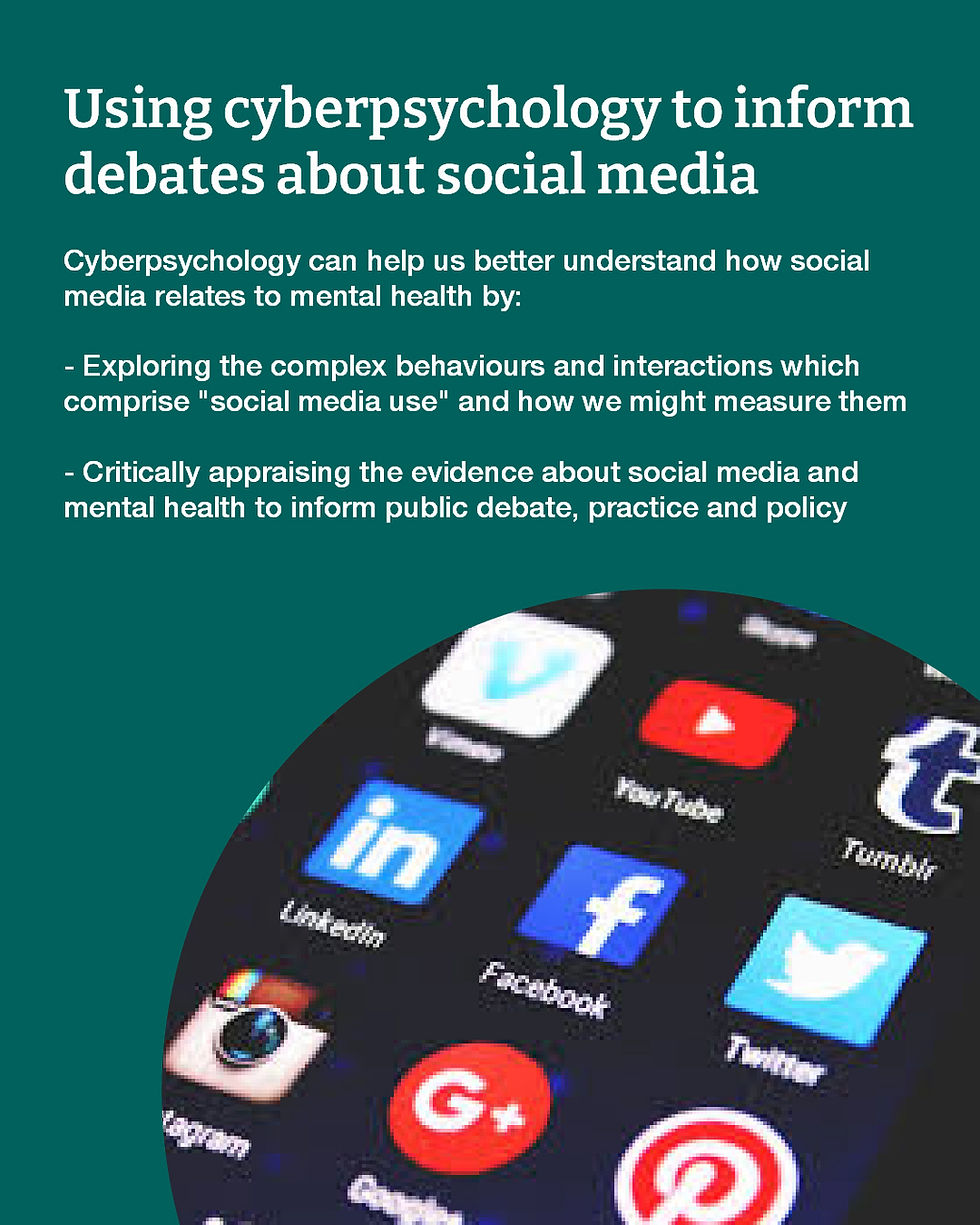Finding creative ways to disseminate research
- LindaKKaye

- Apr 3, 2019
- 3 min read
Updated: Dec 14, 2021
We can all agree that the purpose of academic research is to serve society, whereby it can play a role in addressing societal issues, inform public policy, and support the needs of public and private sector organisations. Indeed, the Research Excellence Framework (REF) attempts to operationalise this through its inclusion of “Impact” as one of the core metrics when measuring research excellence in UK Higher Education Institutions.
Regrettably, not all academic research fulfils its potential in reaching relevant stakeholders, user-groups or beneficiaries. The main barrier for this is that academics do not always have the time or in some cases, the inclination or skills to find ways of communicating their research in accessible ways to non-academic audiences. This is a missed opportunity, particularly when considering that the primary purpose of academic research is often to inform and support areas of society which are largely outside the academic sphere.
Non-academic audiences are therefore likely to experience a number of restrictions when attempting to access research insights, which means they may not be benefitting fully from the work of academics. These restrictions may include:
Journal paywalls- most academic journals require subscriptions to access full text articles. Beneficiaries who are not affiliated to academic institutions are unlikely to have access to academic papers and unlikely to pay for subscriptions themselves.
Accessibility and academic jargon- academic papers are not especially user-friendly and often can be difficult to understand and interpret.
Time- it is unlikely that beneficiaries have sufficient time to read academic papers. Even those with dedicated Continued Professional Development (CPD) time may have limited opportunity to use this for souring academic papers
As a result, it is worth considering creative solutions to ensure that any research which is designed to be “impactful” can be more widely accessible and therefore serve its intended purpose. I give a couple of examples which I have found useful in disseminating my research insights. This has been especially useful for me as my beneficiaries include both the general public, as well as industry or private sector organisations.
Creative Solutions
Visualisations- using Powerpoint or similar software, it can be effective to use visual features such as flowcharts, boxes and arrows to illustrate research concepts or findings. Not only can these be used in more standard dissemination resources (e.g., conference presentations) but can also be saved as JPEG to be used as images on social media feeds.

Figure 1. Example of visual research, illustrating research constructs and pathways of key findings
Animations- software such as Powtoon is a useful resource to create animations of research concepts or findings. An animation of around two minutes is plenty of time to present a full paper in creative form. Using visuals (which may be ones similar to the previous solution) rather than lots of text can be helpful in getting across insights in a clear and concise way. Powtoon also allows users the option of sharing via YouTube and other social media channels which can help maximise audience engagement. See some of my examples here.
Audio sound-bites
I have recently introduced "Brief Audio Research Summaries" (BARS) as another mechanism for communicating my research insights. In my featured articles publication list, you may see some papers which have an audio symbol next to them. These include a short sound-bite of me explaining why we did the research, what we did, and what we found.
What’s the point?
We spend a lot of time and effort in our research so it makes sense to maximise its potential to ensure it is used for a meaningful purpose. It is worth considering the time and effort needed to invest in these activities at the start of a project, to build in costings or time into project funding, to complement the dissemination activities which usually feature within funding applications. At the end of the day, if we want our research to actually be useful and meaningful rather than simply being an academic exercise, we need to consider how we are engaging all relevant audiences of our research, in ways that extend beyond the usual dissemination activities, which are often academic-centric rather than accessible to all.



Comments